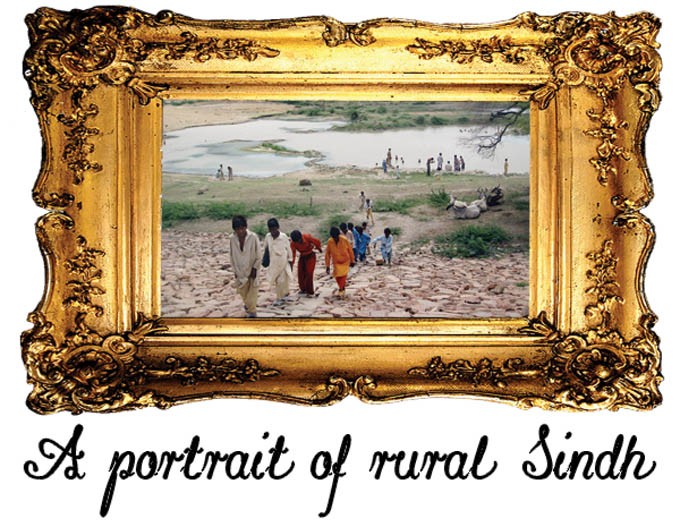

Sitting in any of the other provinces, rural Sindh is almost a mystery. No matter what the party that rules the province tells you, the media projects it as the worst possible example of underdevelopment, riven by misgovernance and corruption, dacoits and tribal conflicts. For a long time, rural Sindh was described as ‘Interior Sindh’ which the locals justly questioned as "interior of what?"
The stereotype of Sindhis as culturally backward and decadent is projected no less by the ‘mainstream’ political parties that draw their support from the larger province. Their anger grows as the province returns only one political party election after election. Interestingly, when KP voters elect a party (Pakistan Tehreek-i-Insaf) a second time, it is construed as a success based on the party’s performance but when Sindh voters return the Pakistan People’s Party (PPP), it is considered a reinforcement of their collective backwardness.
In our Special Report, we have tried to look in detail at what lies behind this mystique of rural Sindh. This is an attempt at a more informed and honest depiction of the province. This is about the big picture: the state of economy and development, health and education, road networks, industrialisation and its impact. Also what lies behind this myth of culture of backwardness?
It turns out that "the flanking dusty towns of rural Sindh have been woven into a rare enterprise where new rules of business rule the roost. The old order is replaced by a neo-sociopolitical setup led by the local politician who partners with government servants and police officers, appointed on his will, his coterie (local collaborators) and the media." This new brand of politics that converges with development initiatives has created a new middle and upper class, built up solely on commissions in projects and leaving "widespread clusters of poverty" in its wake.
Also read: A portrait of rural Sindh
Sindhis have always prided on their values of pluralism, peace, Sufism, poetry and cultural harmony. And yet the province has witnessed some of the worst terrorist attacks, especially in the last decade, based on sectarian violence, tearing at its core values. What is with this wave of militancy and extremism in rural Sindh? Is it a wave or a consequence of a calculated policy?
Apart from this, there are other questions addressed in today’s Special report including the future of nationalist parties, the fate of tribal clashes, and most importantly what lies behind this peculiar and recurrent victory of PPP.